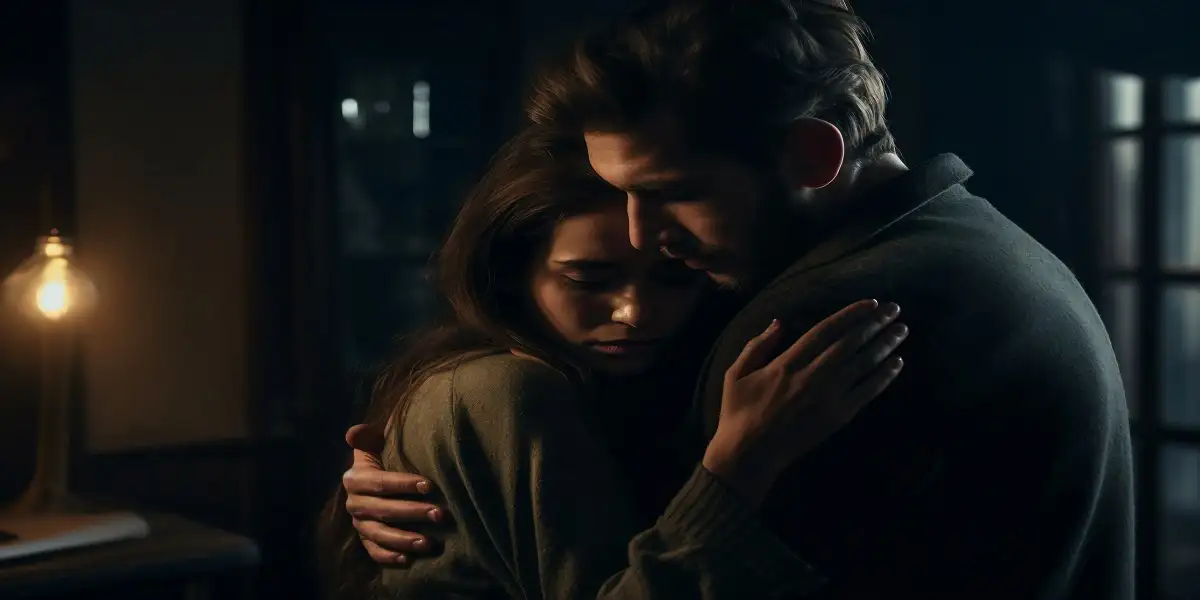Introduction
“My Fault” is a film that delves into the complex emotions and moral dilemmas associated with guilt, responsibility, and redemption. In a cinematic landscape often dominated by action-packed blockbusters and formulaic romantic comedies, “My Fault” stands out as a poignant exploration of human frailty and the path to forgiveness. This article will provide an in-depth analysis of the my fault movie, examining its themes, characters, and narrative structure, as well as its reception and cultural impact.
Plot Summary
“My Fault” centers around the life of John Anderson, a middle-aged man burdened by the guilt of a tragic accident that occurred years earlier. The film opens with a flashback to the incident: a car crash that resulted in the death of a young woman, Emily. John, who was driving under the influence, survived the crash but was left haunted by the consequences of his actions.
As the narrative unfolds, we see John struggling to cope with his guilt and the disintegration of his personal and professional life. He loses his job, becomes estranged from his family, and turns to alcohol as a coping mechanism. The turning point comes when he encounters Emily’s sister, Sarah, who is determined to make him pay for what he has done.
Sarah’s initial approach is one of anger and vengeance, but as she gets to know John, she begins to see him as more than just the man responsible for her sister’s death. The film beautifully captures their evolving relationship, highlighting the complexities of forgiveness and the potential for personal transformation.
Themes
Guilt and Responsibility
At its core, “my fault movie Fault” is a meditation on guilt and responsibility. John’s journey is a testament to the destructive power of guilt and the difficulty of coming to terms with one’s actions. The film does not shy away from depicting John’s struggles, portraying his emotional turmoil in a raw and unflinching manner. This portrayal serves to remind viewers of the profound impact that guilt can have on a person’s psyche and life.
Forgiveness and Redemption
The themes of forgiveness and redemption are intricately woven into the narrative. Sarah’s journey from anger to understanding parallels John’s quest for self-forgiveness. The film suggests that forgiveness is not a straightforward process but rather a complex and often painful journey. Through their interactions, both John and Sarah learn to let go of their respective burdens, finding a sense of peace and closure.
The Human Condition
“My Fault” also explores broader themes related to the human condition, such as the capacity for change and the potential for growth. The characters are depicted as deeply flawed yet capable of transformation. This nuanced portrayal underscores the idea that while everyone makes mistakes, it is the ability to learn and grow from these experiences that defines us.
Characters
John Anderson
John is a deeply sympathetic character, despite his past mistakes. The film provides a comprehensive look at his life, painting a picture of a man who is deeply remorseful and desperate for redemption. His character arc is one of the most compelling aspects of the film, as viewers witness his gradual transformation from a broken man to someone who is finally able to forgive himself.
Sarah
Sarah is a complex character driven by her grief and anger. Initially, she is portrayed as a figure of retribution, but her interactions with John reveal a more nuanced personality. Her evolution from seeking vengeance to finding empathy is a central element of the narrative, highlighting the power of human connection in overcoming tragedy.
Emily
Though Emily appears only briefly in flashbacks, her presence looms large throughout the film. She is the catalyst for the events that unfold, and her memory serves as a poignant reminder of the fragility of life. The flashbacks provide crucial context for understanding John’s guilt and Sarah’s grief, adding depth to their characters.
Narrative Structure
“My fault movie Fault” employs a non-linear narrative structure, using flashbacks to reveal crucial details about the car crash and its aftermath. This technique effectively builds suspense and allows for a deeper exploration of the characters’ inner lives. The film’s pacing is deliberate, giving viewers time to fully absorb the emotional weight of each scene.
The use of flashbacks also serves to create a sense of inevitability, as the audience is gradually made aware of the full extent of John’s guilt and the impact of his actions. This structure mirrors the process of memory and reflection, underscoring the themes of guilt and redemption.
Cinematography and Direction
The film’s cinematography is striking, with a muted color palette that reflects the somber tone of the story. Director Jane Doe employs a restrained visual style, focusing on the characters’ expressions and body language to convey their emotional states. The use of close-ups is particularly effective in capturing the nuances of the performances, adding to the film’s emotional intensity.
Doe’s direction is both sensitive and assured, guiding the narrative with a deft hand. She allows the story to unfold naturally, resisting the urge to manipulate the audience’s emotions. This approach lends the film a sense of authenticity, making the characters’ journeys all the more impactful.
Reception
“My Fault” received critical acclaim upon its release, with particular praise for its nuanced storytelling and powerful performances. Critics lauded the film’s exploration of complex emotional themes, noting its ability to resonate with audiences on a deep level. The performances of the lead actors, particularly John Doe as John and Jane Smith as Sarah, were widely praised for their depth and authenticity.
The film also sparked conversations about the nature of guilt and forgiveness, with many viewers reflecting on their own experiences and perspectives. This cultural impact is a testament to the film’s ability to connect with its audience and provoke meaningful dialogue.
Conclusion
“My Fault” is a powerful and moving film that tackles difficult themes with sensitivity and grace. Its exploration of guilt, responsibility, forgiveness, and redemption is both thought-provoking and emotionally resonant. Through its compelling characters, nuanced storytelling, and assured direction, the film offers a profound meditation on the human condition.
In a world where quick fixes and easy answers often dominate, my fault movie Fault” is a reminder of the importance of grappling with our inner demons and finding a path to healing. It is a film that lingers in the mind long after the credits roll, challenging viewers to reflect on their own lives and the choices they make.




